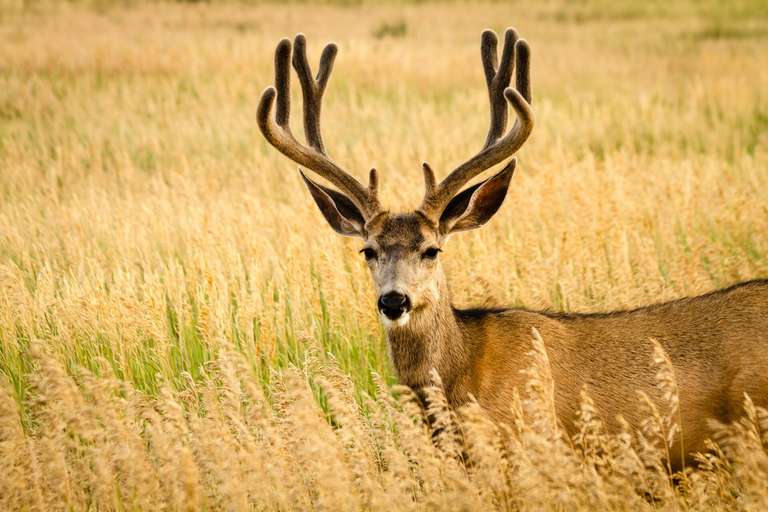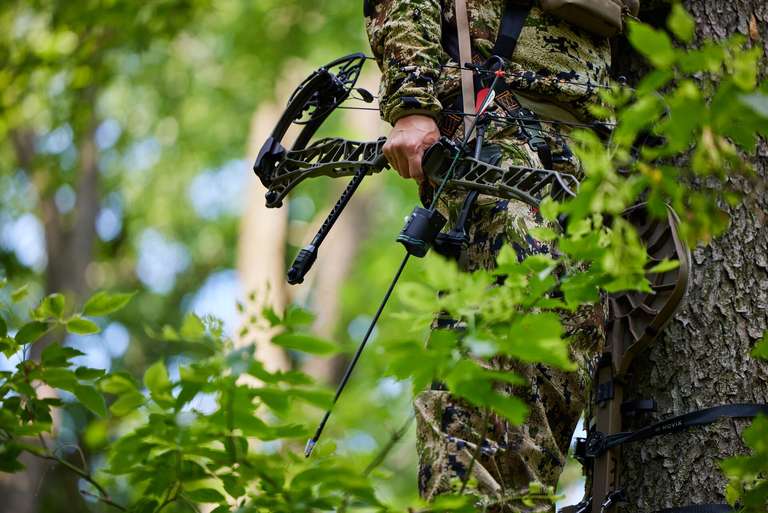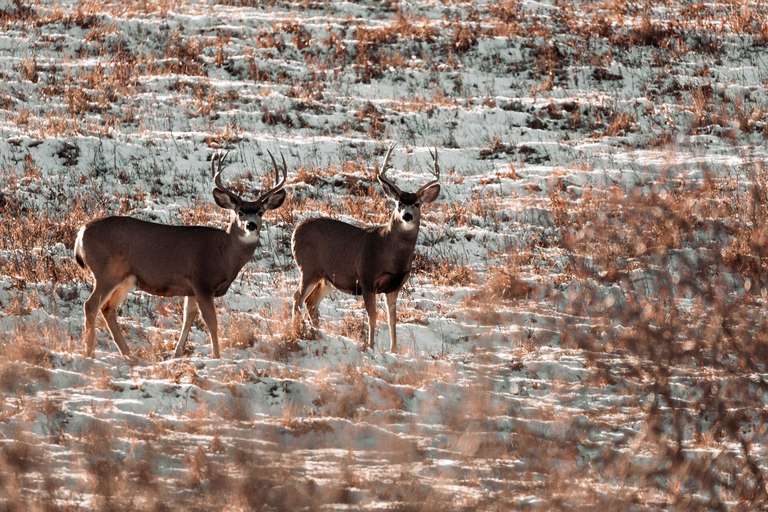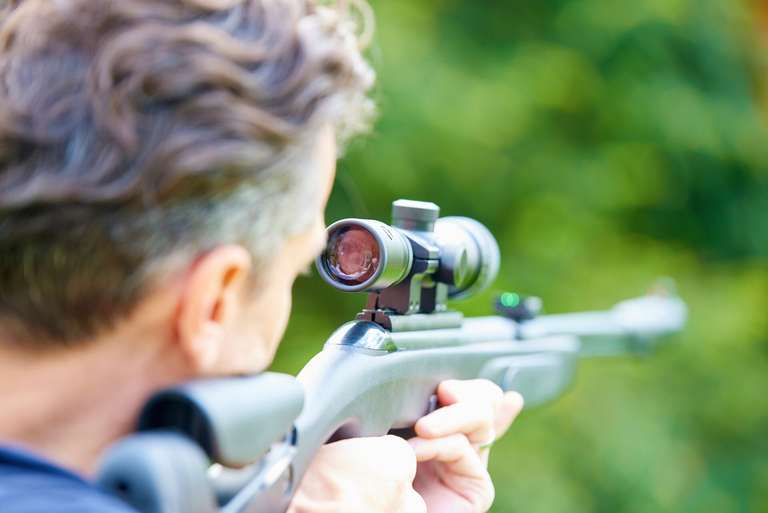Hunting 101: Understanding Common Hunting Terminology
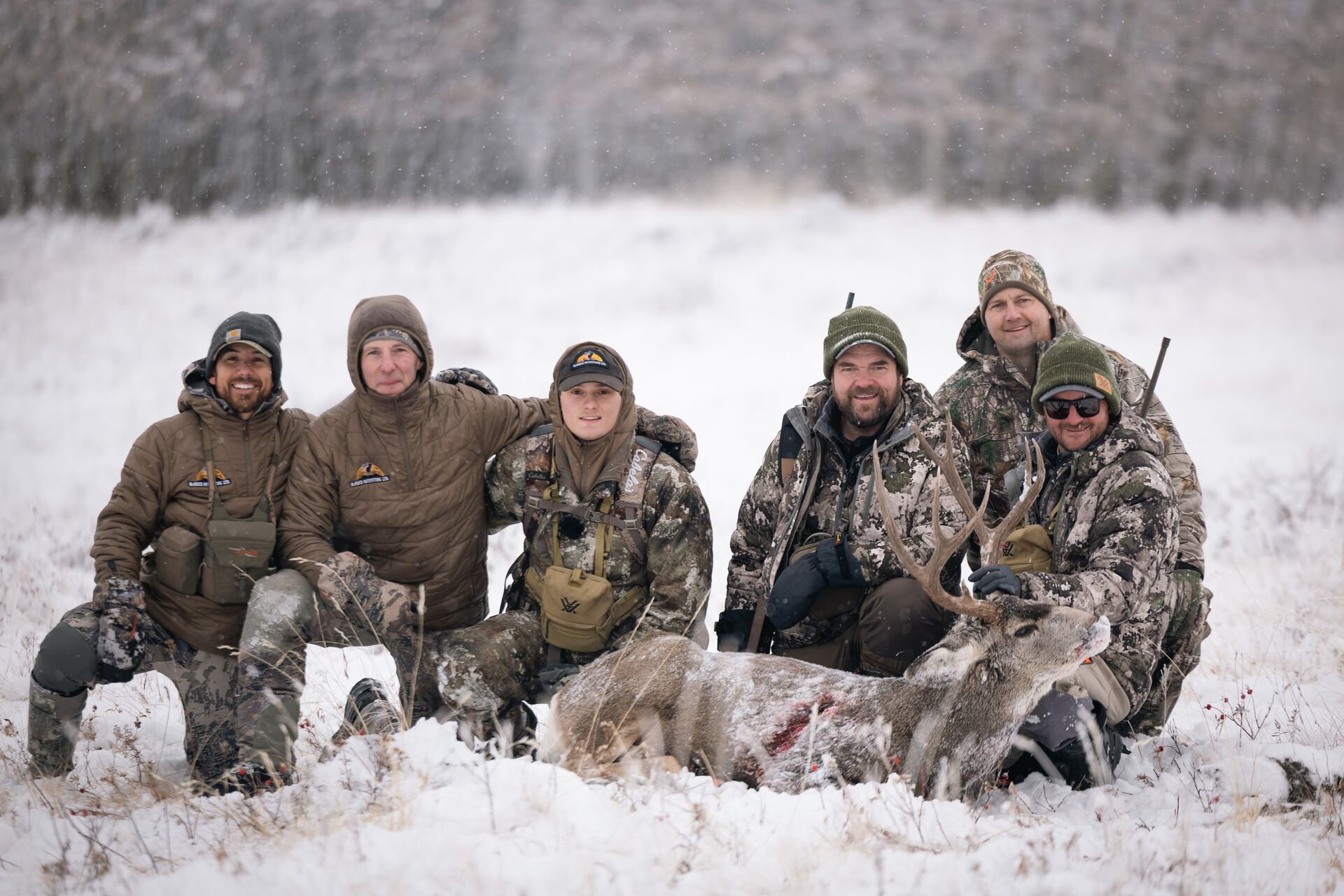
If you're new to the world of hunting, your head may be spinning with all the lingo you're hearing or reading on internet forums. Sometimes you feel like you're experiencing a foreign language that overcomplicates simple concepts.
However, most hunting terms are designed to do the opposite. Seasoned hunters speak in a type of shorthand. That’s why we want to share some standard hunt terms to improve your understanding, boost your confidence, increase your safety, and help you follow the rules.
Keep reading to wrap your brain around a starting list of terms for a head start on becoming a safe, responsible, and successful hunter.

Why Knowing Hunter Terminology Matters
Knowing hunting vocabulary isn’t just about talking the talk. These terms will help you accurately communicate with other hunters and demonstrate respect for the animals we pursue.
When you can converse with other hunters using commonly understood words and phrases, you will:
- Communicate with precision and efficiency
- Avoid legal blunders with federal and state regulations
- Build confidence in your abilities
- Make ethical choices on hunts
As a bonus, having a solid grasp of the lingo also helps you fit in with new hunting partners and shows you’re not a total rookie.
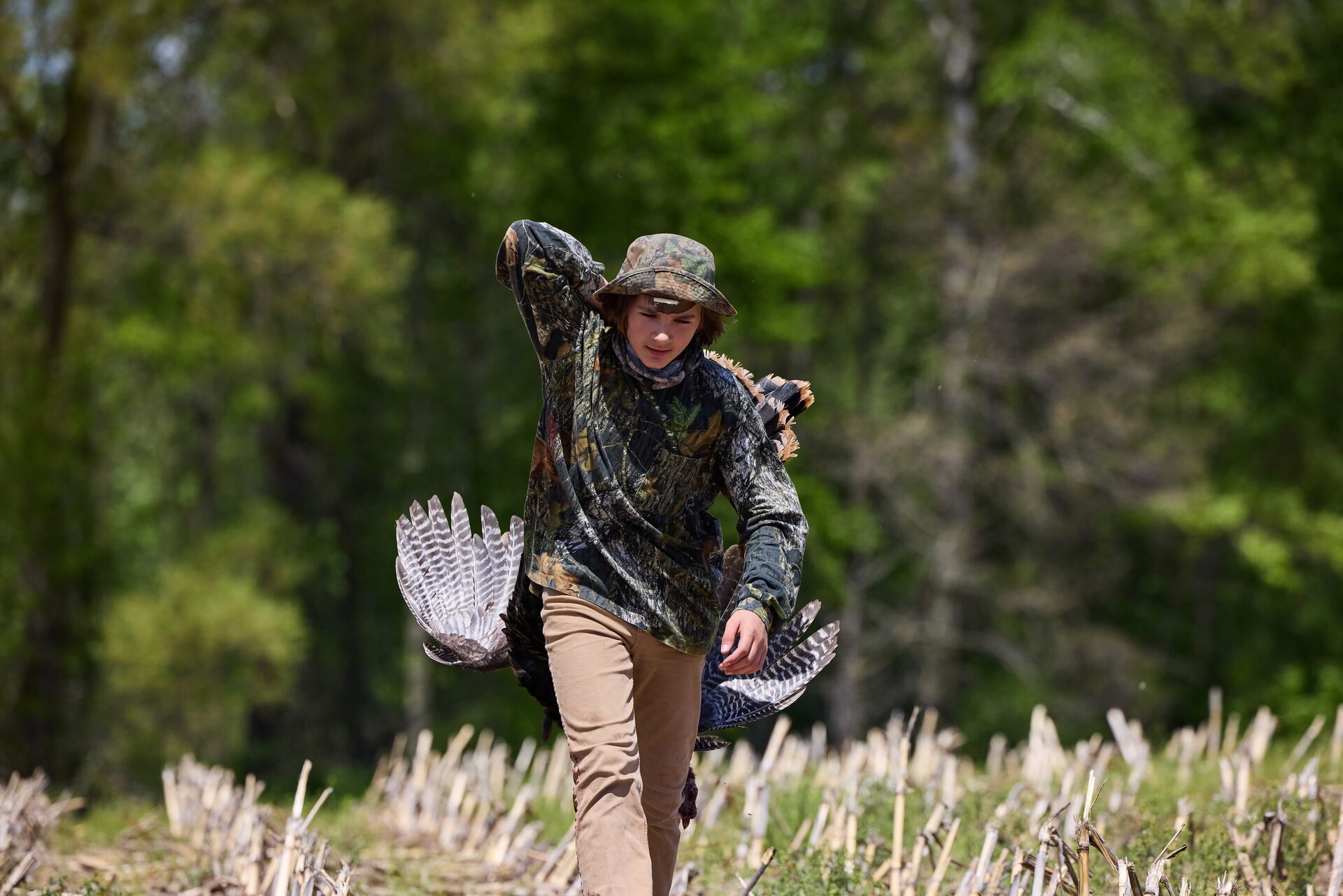
What Are Some Crucial Hunting Terms?
Let’s begin with the basics you’ll hear or read at licensing offices, hunting forums, and at the range.
- Game: Any wild animal legally hunted for food or sport. Wild game includes everything from rabbits, squirrels, and wild turkeys to waterfowl, deer, elk, and moose.
- Bag Limit: The number of game animals you can legally harvest each day of the hunting season. Exceed this limit and experience the consequences of hefty fines and losing your hunting privileges.
- Harvest: Lawfully killing a game animal to utilize as much of the meat and hide as possible.
- Season: Specific times of the year designated for hunting various game species. States regulate seasons based on the animal’s biological cycles and conservation goals. Seasons can also be created for different types of weapons.
- Tag: A permit purchased in addition to your general hunting license that allows you to harvest one animal of a specific species (turkey, deer, elk, bear, etc.). States that use a physical tag require you to attach the tag to the animal immediately after harvest.
We're off to a good start! Let's keep going with more hunter terminology.
Weapon-Specific Terms
Each style or type of hunting has its unique vocabulary to reflect the equipment and techniques used. You’ll also see these terms in state game regulations and season definitions.
- Bowhunting: Hunting game with a bow that includes a traditional longbow, recurve bow, compound bow, and sometimes crossbow (depending on the state).
- Broadhead: Arrow tips with two or more razor-sharp blades. Broadheads are shaped like spearpoints to cut through tissue and penetrate bone to create lethal wound channels.
- Muzzleloader: A rifle, pistol, or shotgun loaded from the front of the barrel (muzzle). Most states give muzzleloaders a dedicated deer season as a "primitive weapon."
- Rifle or Shotgun: While both weapons are considered long guns, rifles have twists (rifling) in the barrel to spin the bullet for improved accuracy, while shotguns generally have smooth bores and fire cartridges holding shot.
Typically, rifles are used for hunting big game, while hunters use shotguns for fast-moving small game and birds.
Scouting and Location Terms
To be a successful hunter, you'll also need to know the vocabulary that defines observation methods and location-specific strategies.
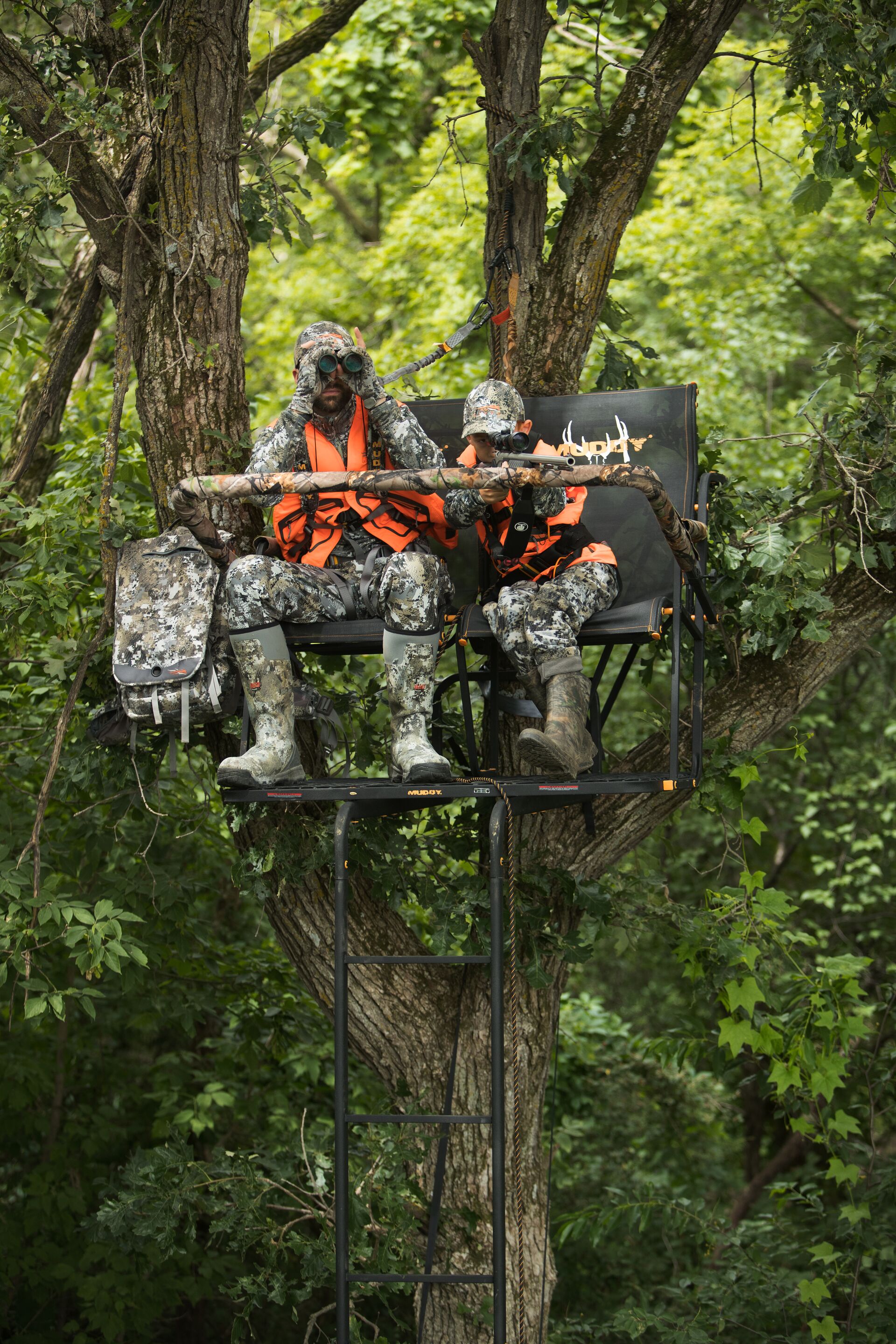
- Glassing: Glassing refers to the act of using binoculars or a spotting scope to scan distant terrain to locate game animals.
- Sign: Animal tracks, scat, bedding sites, and other disturbances used to identify an animal's presence and movement.
- Stand or Blind: A structure used to hide a hunter's location. Stands are elevated platforms, while blinds are ground-level camouflaged structures designed to provide concealment and protection from the elements.
- Trail Camera: A camera enclosed in a rugged housing used to monitor animal activity remotely. Most cameras are motion-activated and capture photos or videos when triggered by movement.
Use these terms to talk about scouting and how to find the game you're after.
Game Behavior and Calls
Hunting seasons are often based on an animal’s behavior. The following terms describe those behaviors.
- Gobbling: The distinctive sound a male turkey makes, especially during the spring mating season. The vocalization is best described as a teenager gargling while trying to yell “gobble gobble gobble rapidly.” Gobbling is the sound you want to hear and indicates a male turkey is responding to your hen calls.
- Grunt, Bleat, or Rattle: These are sounds that male deer, elk, and moose will make during the rut. Each animal has a unique vocalization that you’ll need to recognize and be able to imitate.
- Rutting: Refers to the breeding season for deer, elk, moose, and other animals. This typically occurs in late autumn, when males are more active and easier to locate because their sole objective is to meet females.
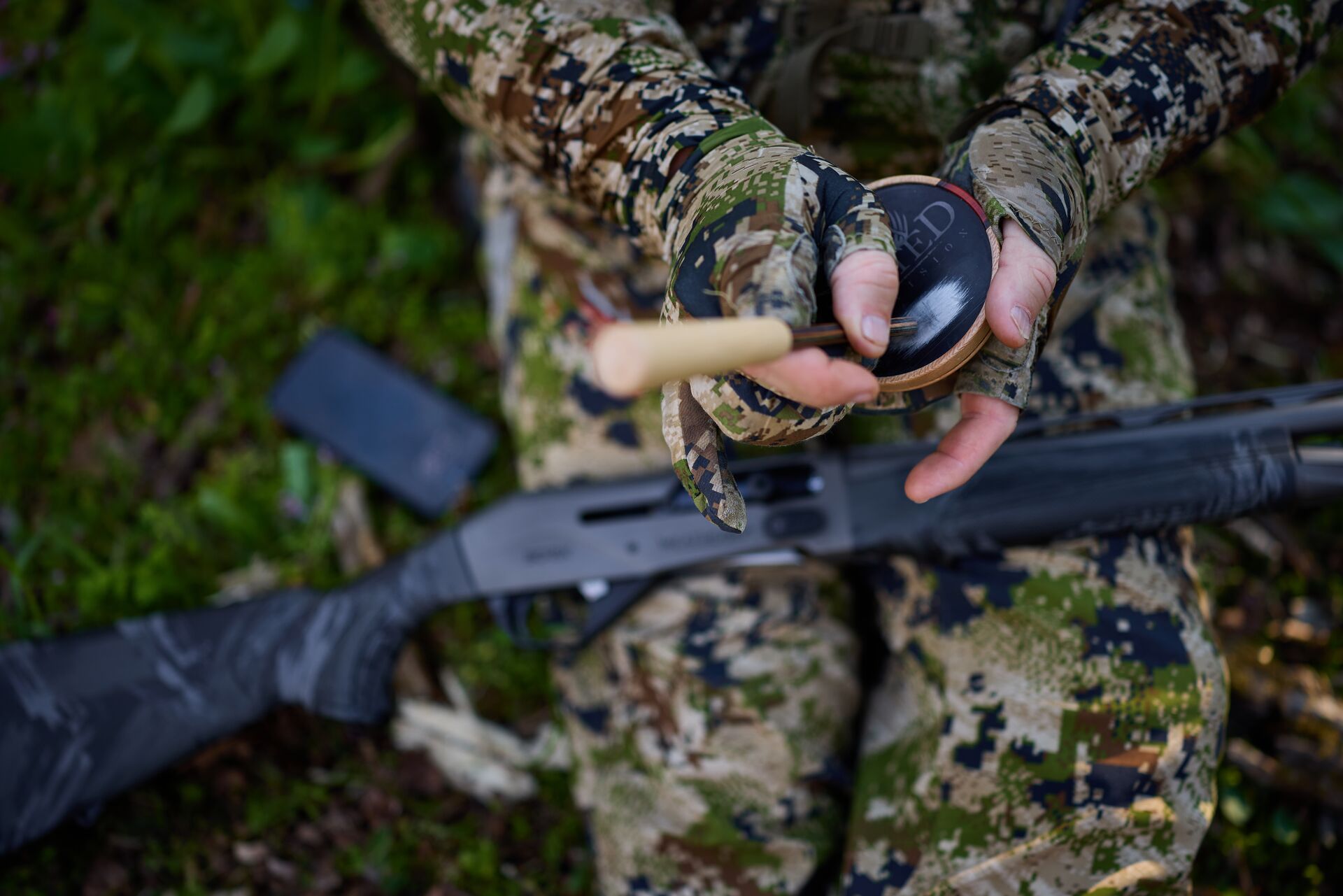
Gear-Related Terms
Knowing your equipment and field procedures can make or break your hunt. Of course, these procedures and items have their particular lexicon.
- Calls: Calls are devices or techniques used to mimic animal sounds. Hunters blog through calls with diaphragms and reeds to create sound, while wood and slate calls use friction to create an animal-like squeak.
- Camouflage: Patterns that represent local vegetation and terrain and are used on clothing and equipment to break up the human outline and help you blend more effectively into the environment.
- Decoys: Decoys are two- or three-dimensional models of the game animal used to lure the animal into shooting range.
- Field Dressing: Removing a harvested animal’s internal organs from the body cavity to cool the meat and prepare the animal for transport.
- Scent Control: Tactics or products that used to reduce human odor to avoid detection by animals like deer that rely on scent to detect danger.
Legal and Ethical Terms
Being a responsible and ethical hunter means being familiar with federal and state hunting regulations, as well as the legal framework that governs hunting activities.
- Conservation: Managing wildlife populations and habitats so future generations can continue our country’s longstanding history of enjoying hunting, fishing, and the outdoors.
- Fair Chase: Ethical principles that give game animals a reasonable opportunity to evade and escape hunters. This philosophy alone is what distinguishes legitimate hunting from mere killing.
- Poaching: Illegally hunting or killing wildlife includes violating bag limits, seasons, weapons restrictions, and hunting without a license or proper tag.
- Hunter Education: Mandatory training required by most states before hunters can purchase a hunting license. These courses (like the ones we offer here at ilearntohunt) typically cover safety, local regulations, conservation, and basic field skills.
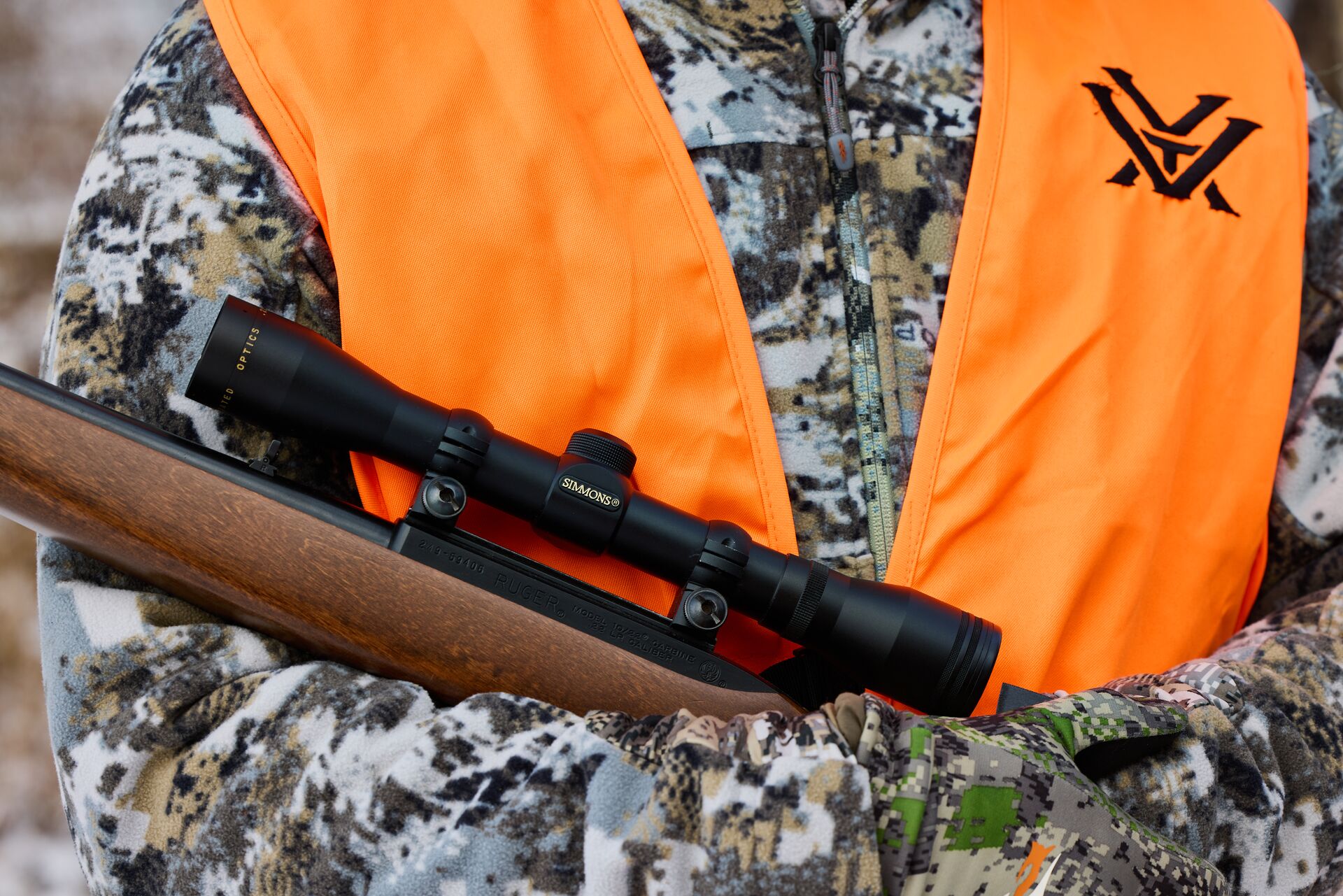
Learn More Hunter Terms and Stay Safe with Hunter Education
While we've only grazed the surface of important terms every hunter should know, this list should set you up for a fantastic start as a new hunter! Gaining a better understanding of these hunting terms can give you the foundation for a safe, successful, and legal hunting experience.
Of course, you don’t need to memorize each of these terms tonight. However, the more you know and can use in your conversation with other hunters, the more effective and succinct your communication will be.
While you’re learning this lingo, support your hunting education by taking a hunter safety course through ilearntohunt. Through our courses, you’ll learn more hunting terms, concepts, and vital skills to help you shorten the learning curve toward becoming a successful hunter.
Plus, most states require hunters to pass a hunter safety course before getting a hunting license. So, make sure you're prepared!
Choose the course for your state so you're ready to hunt this season.


